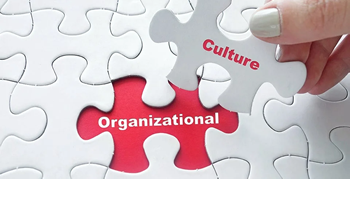 A positive organizational culture is key to the success of any company. It creates a sense of belonging, fosters innovation, increases employee engagement, and ultimately, leads to better business outcomes. Here are seven ways to foster a positive organizational culture:
A positive organizational culture is key to the success of any company. It creates a sense of belonging, fosters innovation, increases employee engagement, and ultimately, leads to better business outcomes. Here are seven ways to foster a positive organizational culture:
Lead by example: The leaders in an organization should model the behaviors they expect from their employees. They should communicate openly, listen actively, and foster a positive attitude. When leaders set the tone for a positive culture, employees are more likely to follow suit.
Encourage open communication: Encourage open and honest communication at all levels of the organization. This means creating an environment where employees feel comfortable sharing their thoughts and ideas without fear of retribution. This can be achieved by setting up feedback channels, holding regular meetings, and providing opportunities for collaboration.
Create a sense of purpose: People want to feel like their work matters. Leaders should articulate a clear vision for the organization and ensure that employees understand how their work fits into that vision. This can be achieved by setting goals that are aligned with the organization's mission and values.
Provide opportunities for growth and development: Employees want to feel like they are growing and developing professionally. Organizations should provide opportunities for training, mentoring, and career development. This can help employees feel more engaged and motivated, and it can also help retain top talent.
Recognize and reward good work: People want to feel appreciated for their hard work. Organizations should recognize and reward employees who go above and beyond. This can be as simple as saying "thank you" or as elaborate as providing bonuses or promotions.
Embrace diversity and inclusion: Diversity and inclusion are essential components of a positive organizational culture. Organizations should be inclusive of all employees regardless of their race, gender, sexual orientation, or any other factor. This means creating a safe and welcoming environment for everyone.
Foster a positive work-life balance: Finally, organizations should recognize that employees have lives outside of work. They should provide flexible work arrangements, such as telecommuting or flexible schedules, to help employees balance their work and personal lives. This can lead to happier, more productive employees.
In conclusion, fostering a positive organizational culture requires a commitment from leaders at all levels. By modeling positive behaviors, encouraging open communication, creating a sense of purpose, providing opportunities for growth, recognizing good work, embracing diversity and inclusion, and fostering a positive work-life balance, organizations can create a culture that promotes engagement, productivity, and success.

